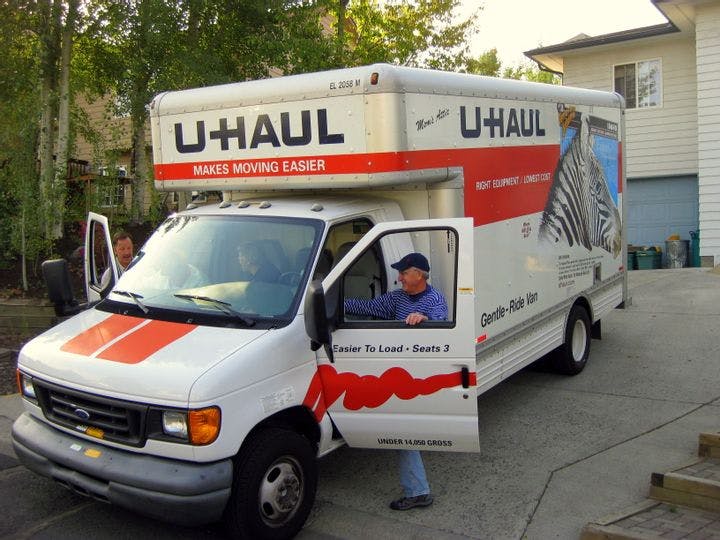Winter 2012
Americans are less likely to move now than they were 30 years ago
– The Wilson Quarterly
In the 1980s, 3% of men migrated from one state to another every year; by the 2000s, only 1.7% made such moves. Why?
Americans like to think of themselves as a restless people, always ready to pack up and move in search of opportunity. But in the past 30 years, they have been increasingly stuck in place.
In the 1980s, for example, 3 percent of men migrated from one state to another every year; by the 2000s, only 1.7 percent made such moves. What lies behind this “historically unprecedented” 30-year decline? Raven Molloy and Christopher L. Smith, economists at the Federal Reserve Board, and Abigail Wozniak, an economist at the University of Notre Dame, say the trend defies easy explanation. It has endured for too long to be blamed on the ups and downs of the economy, and it has affected virtually every segment of the population.
Data gleaned from the Census Bureau and the Internal Revenue Service show that younger people and the more educated migrate at higher rates than others. Renters are more likely to pile their goods into a moving van than homeowners, as are childless households versus those with children. (While there has been much talk about the large number of people said to be stuck in their current homes because their mortgages are underwater, the researchers say there is little evidence in their data that this is a factor in decreased mobility.) Blacks and Hispanics migrate at lower rates than whites. The unemployed move more than those with jobs. Yet all these groups have migrated at declining rates since 1980.
In Europe and Canada, geographical mobility hasn't changed much. Americans remain more footloose, even now. They are more than twice as likely as Italians to pull up stakes, for example. In 2009, almost a third of native-born Americans lived in a state outside the one in which they were born. (The intriguing exception to the rule is Britain, which has levels of geographical mobility comparable to those in the United States and has also experienced declining mobility.)
What is keeping more Americans in one place? The rise of telecommuting and more flexible work arrangements may play a role. Job markets and amenities have grown more homogenous over the years, possibly reducing the hunger to venture out in search of greener pastures. It may be that what economists call “labor market frictions” have increased—it has become harder to change jobs. In any event, the authors say, there could be a bright side to the new trend if Americans who don’t have one foot out the door are willing to invest more in the communities they currently call home.
* * *
The Source: "Internal Migration in the United States" by Raven Molloy, Christopher L. Smith, and Abigail Wozniak, in Journal of Economic Perspectives, Summer 2011.
Photo courtesy of Flickr/Tim Hagen
